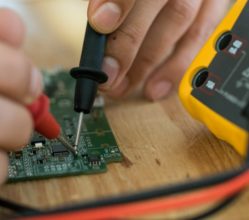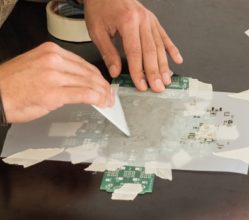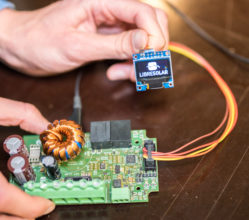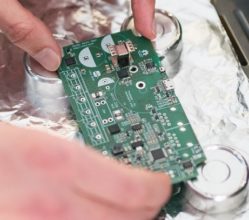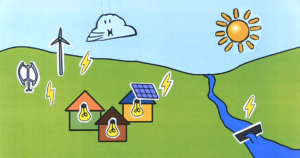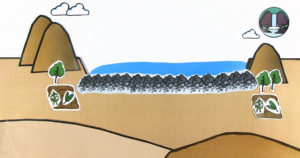Open Source Solar System
Distributed, or decentralised energy systems can be build with Open Source Renewable Energy Hardware. Within the Hamburg Open Online University project Collective Open Source Hardware, short cos(h), step-by-step instructions were created to build your own open source solar system. The tutorial is based on Libre Solar components and offers a modular system that can be set up, depending on power and storage capacity requirements. Basic understanding of electrical engineering and programming is required for a successful construction.
This video by cos(h) is licensed under a Creative Commons Attribution-ShareAlike 4.0 International License.
Manufacturing of a Solar Charge Controller
A charge controller feeds electrical power from solar panels (or wind turbines or bicycle generators) in the battery storage system. If electricity should be stored in batteries, a charge controller is always required, as it prevents the battery from overloading or overcurrent. Cos(h) created a manual that shows how to manufacture a MPPT (Maximum Power Point Tracker) charge controller. It is a PCB (printed circuit board) for running an electrical solar power system.
Click here to open the cos(h) tutorial and build your own MPPT.
Photos from the MPPT manufacturing:
Images by cos(h) is licensed under a Creative Commons Attribution-ShareAlike 4.0 International License.
Assembly of a Solarbox
This tutorial shows you how to connect the previous constructed charge controller with solar panels, batteries and loads directly. However, a solarbox can be created individually.
Another cos(h) tutorial shows how to assemble a solarbox, which is a small scale mobile energy system (consisting of batteries, electric components like a charge controller and connectors for connecting power generation units like solarpanels)
Click here to open the cos(h) tutorial and assembly your own small scale solar system.
Libre Solar Box Overview by cos(h) is licensed under a Creative Commons Attribution-ShareAlike 4.0 International License.
Other Open Source Hardware:
Global Village Construction Set: 50 different industrial machines: Open Source Ecology
More information:
Video: What is Open Source Hardware?
Libre Solar Community Platform


